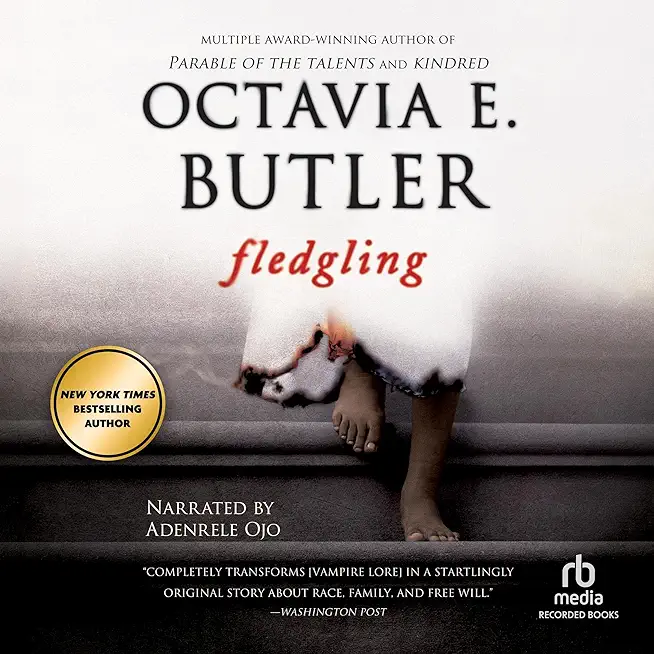
Fit standards-based science instruction into your curriculum!
Help your grade 3 students develop a genuine understanding of standards-based scientific concepts and vocabulary using the 150 engaging activities in
Daily Science! A variety of rich resources, including vocabulary practice, hands-on science activities, and comprehension tests in multiple-choice format, help you successfully introduce students to earth, life, and physical science concepts.
30 weeks of instruction cover the following standards-based science topics:
Big Idea 1: Living things have adaptations that help them survive in their environment.
Week 1: Why do flowers have different colors and scents?
Week 2: How do dolphins sleep without drowning?
Week 3: Why does a cactus have needles?
Week 4: Why do birds migrate?
Week 5: Unit Review
Big Idea 2: Plants have many parts. Each part does a special job.
Week 1: What's the difference between a fruit and a vegetable?
Week 2: How does a tree get water from its roots to its leaves?
Week 3: Why do dandelions turn white and fluffy?
Week 4: Why do leaves change color in the fall?
Week 5: Unit Review
Big Idea 3: Fossils tell us about the plants and animals that lived long ago.
Week 1: Where is the best place to look for fossils?
Week 2: How do scientists know how old a fossil is?
Week 3: Why are fossils of ocean animals found on mountains today?
Week 4: How does something become a fossil?
Week 5: Unit Review
Big Idea 4: Air is a gas that surrounds us, takes up space, and creates weather.
Week 1: Why can't you breathe in outer space?
Week 2: Why does a can of soda sometimes explode when you open it?
Week 3: Where does wind come from?
Week 4: How do birds fly?
Week 5: Unit Review
Big Idea 5: Light moves in a straight line until it hits an object. Light can be absorbed, refracted, or reflected.
Week 1: Why does it get hot in the car on a sunny day when it is cold outside?
Week 2: Why does a straw look bent in a glass of water?
Week 3: Why do things look backward in a mirror?
Week 4: How does a movie projector work?
Week 5: Unit Review
Big Idea 6: Electricity travels in currents. It can pull and push the things around it.
Week 1: Where does lightning come from?
Week 2: Why do people get a shock when they touch metal?
Week 3: How does a battery make electricity?
Week 4: How does flipping a switch make a light bulb light up?
Week 5: Unit Review
This resource contains teacher support pages, reproducible student pages, and an answer key. This is a reproducible resource (photocopying of lessons is permitted) for single classroom or individual home use only.
About Evan-Moor Educational Publishers
Igniting young minds to help every child learn and succeed! Evan-Moor creates engaging and meaningful learning resources for children in grades PreK - 8. Trusted by parents and teachers for over 45 years, Evan-Moor's award-winning resources are thoughtfully developed to nurture children's hearts and minds to help them reach their full potential.







